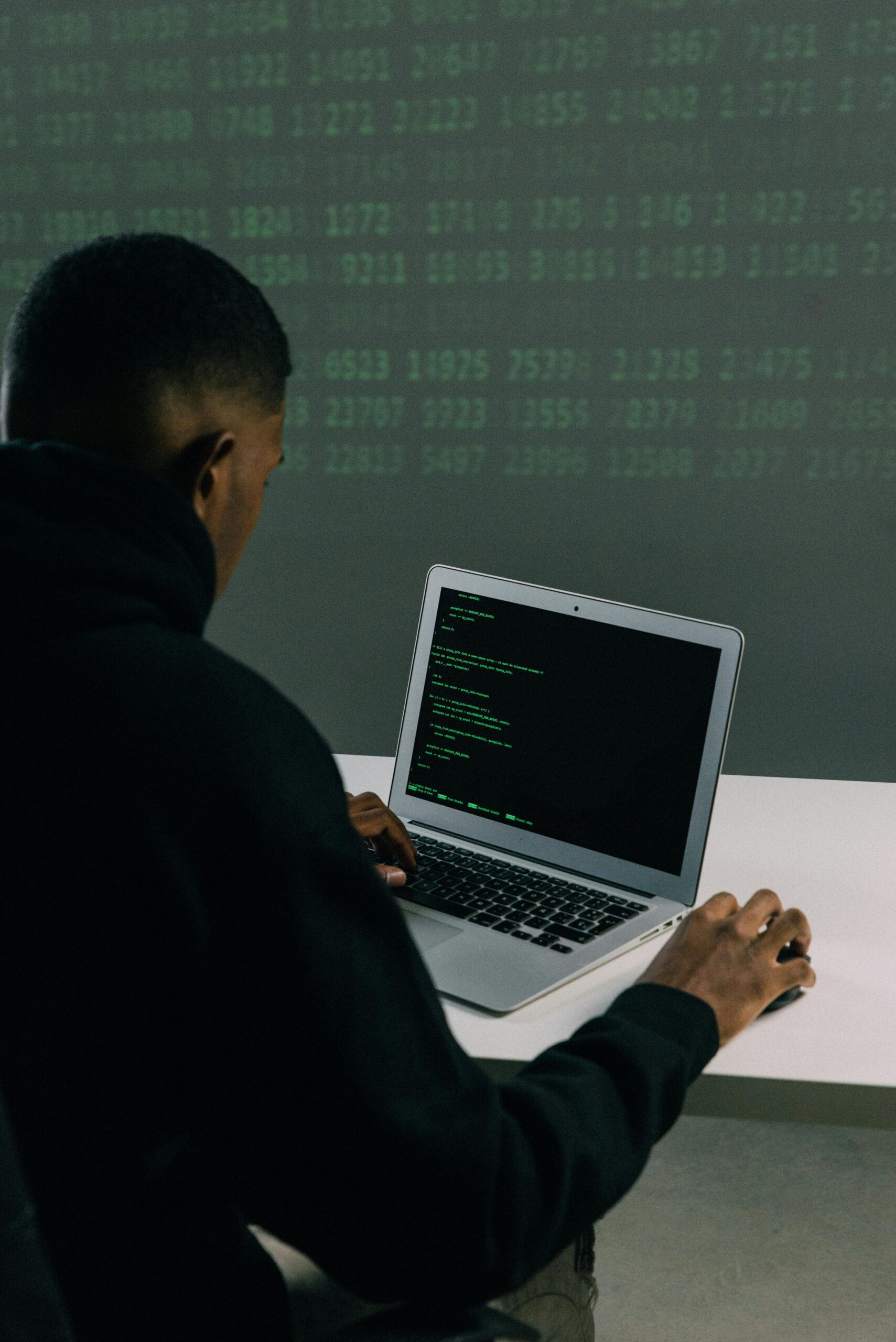In nowadays hyper-related global, cybersecurity has turned out to be an important pillar for shielding data, infrastructure, and agreement. As the era evolves, so do the threats, growing a continuously moving panorama. One of the most insidious and unexpectedly growing demanding situations within the realm of cybersecurity is incorrect information—a weaponized shape of disinformation designed to deceive, manipulate, or sow chaos. Understanding the nexus between cybersecurity trends and misinformation is vital for individuals, organizations, and governments striving to develop robust cybersecurity solutions.
The Intersection of Cybersecurity and Misinformation
Misinformation is not a brand-new phenomenon. It has existed in various paperwork, from propaganda to rumor-mongering. However, the virtual age has amplified its attain and effect, turning it right into a giant cybersecurity difficulty. Social media structures, messaging apps, and websites offer a fertile floor for the rapid dissemination of fake statistics, regularly with malicious causes. Cybercriminals make the most of this atmosphere to perform phishing assaults, fraud, and social engineering campaigns.
For example, throughout elections, misinformation campaigns can undermine trust in democratic techniques. Similarly, in the corporate quarter, false statistics about a corporation’s merchandise or finances can lead to reputational harm and inventory market volatility. Such incidents highlight the pressing want for cybersecurity answers that cope with no longer the handiest conventional threats like malware but also the developing menace of virtual deception.
Cybersecurity Trends Shaping the Fight Against Misinformation
The combat against misinformation is driving new developments in cybersecurity. Key traits encompass:
- Artificial Intelligence and Machine Learning (AI/ML)
AI/ML technologies are increasingly deployed to discover and combat incorrect information. Algorithms can analyze patterns, become aware of fake bills, and flag dubious content. For instance, AI tools are used to affirm the authenticity of pictures and motion pictures employing checking for signs of tampering or deepfakes. These technologies also help in figuring out bot activity that’s frequently used to amplify false narratives.
- Threat Intelligence Sharing
Collaborative hazard intelligence structures allow companies to percentage statistics approximately emerging threats, along with misinformation campaigns. By pooling assets and insights, entities can create a greater unified protection. This trend underscores the importance of partnerships among governments, tech companies, and cybersecurity firms in addressing this multifaceted difficulty.
Three. Enhanced Social Media Monitoring
Cybersecurity answers now consist of advanced social media monitoring tools that experiment for incorrect information in actual time. These tools use keyword monitoring, sentiment analysis, and network mapping to discover coordinated disinformation efforts. Early detection permits timely intervention, inclusive of getting rid of dangerous content material or issuing counter-narratives.
Four. Zero Trust Frameworks
The Zero Trust model—“never consider, constantly verify”—is gaining traction in cybersecurity. This framework can also be carried out for statistics verification. By treating all facts as doubtlessly untrustworthy until proven, groups and individuals can lessen the hazard of falling prey to incorrect information.
- Public Awareness Campaigns
Educating the public about cybersecurity and incorrect information is a critical fashion. Many governments and groups now put money into campaigns to train human beings the way to recognize phishing tries, deepfakes, and other forms of manipulation. A greater informed public is a key line of defense against cyber threats.
Misinformation Tactics and Their Cybersecurity Implications
Cybercriminals employ a variety of methods to spread incorrect information. Understanding these techniques is essential for developing powerful countermeasures.
- Phishing and Spear Phishing
Misinformation regularly serves as a precursor to phishing attacks. For instance, false emails or social media posts approximately a facts breach can trick customers into clicking malicious hyperlinks. Spear phishing takes this a step further by targeting precise individuals or groups with tailor-made falsehoods.
- Deep Fakes
Deepfakes leverage AI to create exceedingly practical however faux videos or audio clips. These may be used to impersonate public figures, executives, or personnel, leading to reputational damage or fraud. The proliferation of the deepfake era poses a significant venture for cybersecurity experts.
Three. Social Engineering
Misinformation is a powerful tool in social engineering, where attackers manipulate human beings into revealing touchy statistics. For instance, a faux information story approximately a disaster ought to prompt personnel to share passwords or organization facts under the guise of urgency.
Four. Botnets and Troll Farms
Automated botnets and human-operated troll farms expand misinformation by using flooding online structures with fake narratives. These coordinated campaigns can disrupt public discourse and erode agreement within establishments.
Building Effective Cybersecurity Solutions
To combat the twin threats of cyberattacks and misinformation, companies must undertake comprehensive techniques. Effective cybersecurity answers need to encompass:
- Integrated Threat Detection Systems
Modern cybersecurity structures have to combine equipment for detecting both technical threats (e.g., malware) and data threats (e.g., disinformation). AI-driven analytics, community tracking, and content verification gear should be painted in tandem to provide a holistic defense.
- Incident Response Plans
Organizations must have sturdy incident reaction plans that consist of protocols for managing incorrect information. This may want to contain public family member’s techniques, collaboration with social media systems, and technical measures to mitigate the unfolding of false records.
Three. Identity and Access Management (IAM)
Strong IAM policies assist in saving unauthorized access to sensitive systems. By securing employee bills with multi-component authentication (MFA) and monitoring for uncommon activity, groups can lessen the threat of internal actors getting used as vectors for incorrect information.
Four. Training and Awareness Programs
Human errors remain an enormous vulnerability in cybersecurity. Regular schooling applications can equip employees and stakeholders with the skills to discover phishing tries, verify information resources, and report suspicious hobbies.
Five. Collaboration with Industry Partners
No single entity can address the challenges of misinformation on my own. By partnering with cybersecurity firms, tech corporations, and regulatory bodies, groups can benefit from shared knowledge and assets.
The Role of Regulation and Policy
Governments play a critical position in mitigating the dangers related to cybersecurity and misinformation. Regulatory frameworks ought to strike a balance between keeping loose speech and curbing harmful content material. Key measures include:
Mandating Transparency: Requiring systems to reveal how content material is moderated and flagged can decorate duty.
Enforcing Data Protection Laws: Strong statistics safety laws reduce the risk of breaches of gas misinformation campaigns.
Encouraging Ethical AI: Governments can incentivize the improvement of AI technology that prioritizes accuracy and fairness.
Imposing Penalties: Holding entities liable for spreading fake records, whether or not deliberately or negligently, can deter malicious activity.
The Future of Cybersecurity and Misinformation
As the virtual panorama continues to evolve, so will the strategies utilized by cybercriminals and misinformation actors. Emerging technologies like quantum computing, blockchain, and 5G networks will carry each possibility and demand. Staying ahead of those trends calls for non-stop innovation and adaptation.
Cybersecurity tendencies suggest a developing emphasis on proactive measures, inclusive of predictive analytics and automated reaction systems. Meanwhile, the call for comprehensive cybersecurity solutions that deal with each technical and informational threat will continue to rise. Organizations that put money into these areas can be higher located to navigate the complexities of the virtual age.
Conclusion
Cybersecurity and incorrect information are two aspects of the equal coin, representing the twin challenges of the digital generation. By experiencing the interaction between these problems and embracing current cybersecurity trends, individuals and organizations can develop effective cybersecurity solutions to protect themselves and their stakeholders. Collaboration, education, and innovation will be the cornerstones of this effort, ensuring a safer and more trustworthy digital future.










Leave a Reply